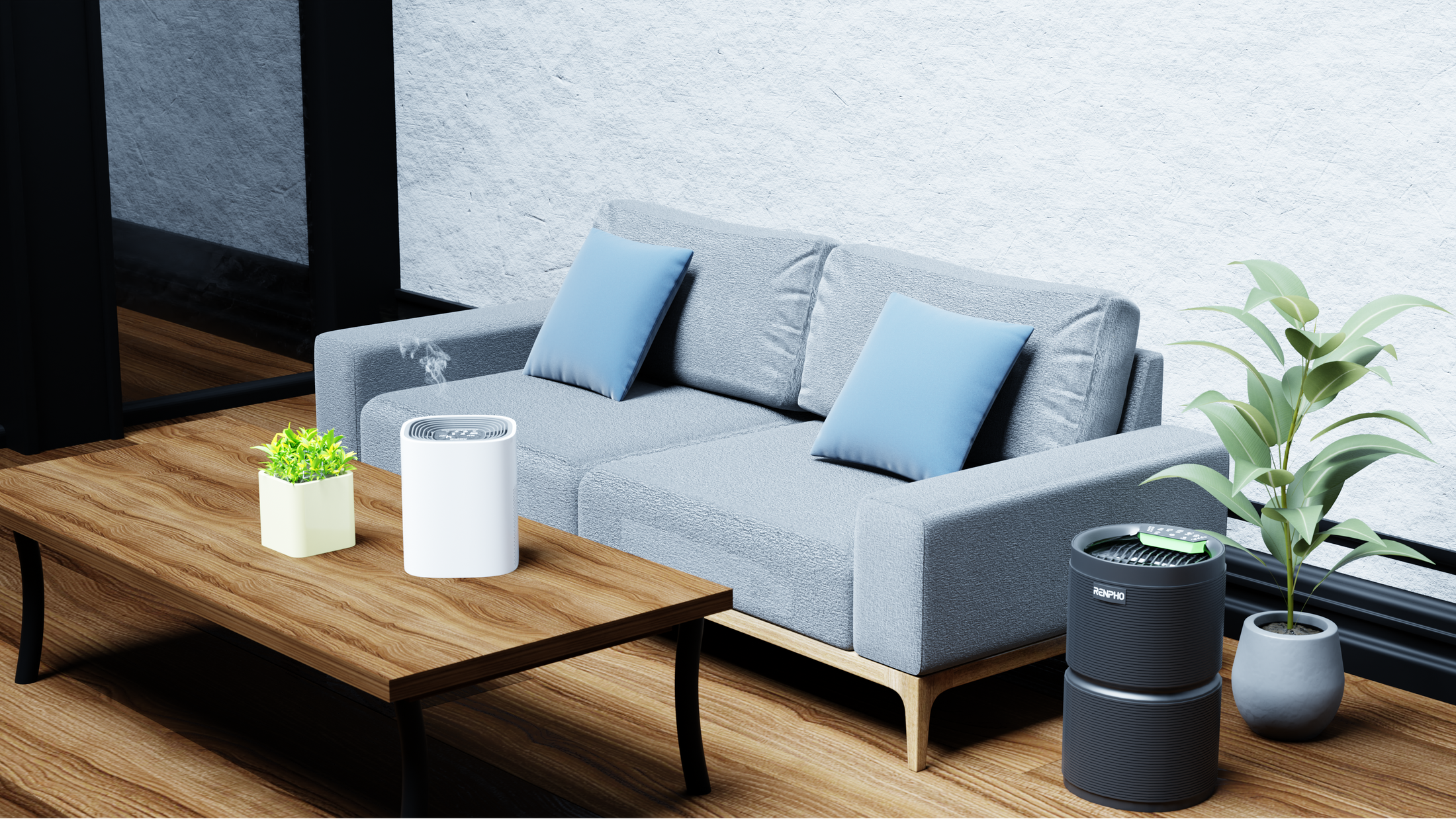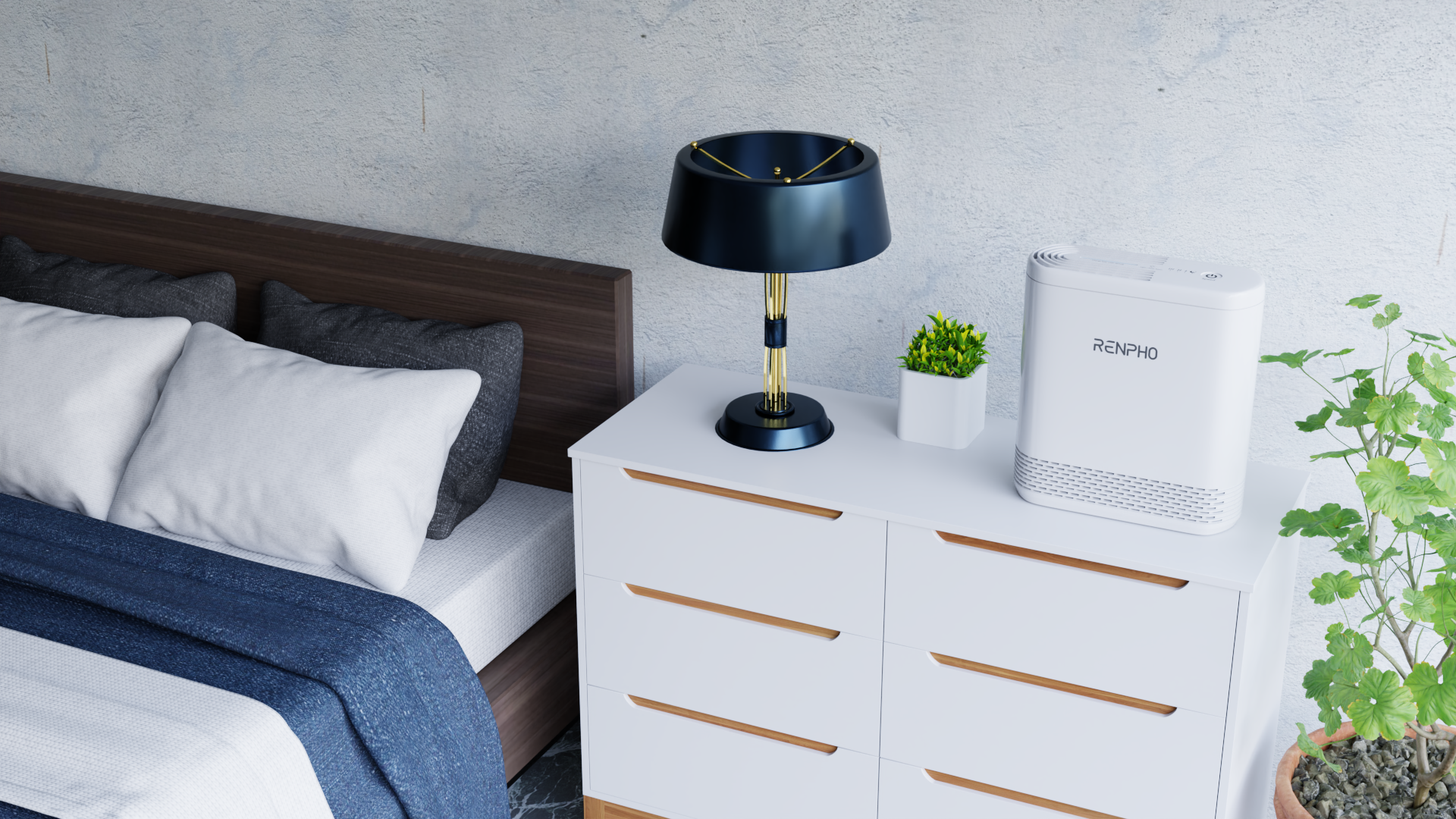Breathe Your Way to Well-Being: The Science and Practice of Breathing Techniques

Stay tuned to our latest news
Breathing is something we do every day, but we often take it for granted. However, breathing is not just a physical process that keeps us alive; it is also a powerful tool that can influence our mental and emotional state. By learning how to control our breathing, we can achieve various benefits such as relaxation, stress reduction, improved focus, and enhanced creativity.
In this article, we will explore some of the scientific evidence behind the role of breathing techniques in relaxation and mental clarity, and we will also provide some practical tips on how to practice them.
The Science of Breathing and the Brain

Breathing is closely linked to the brain, as it affects the activity of the nervous system, which regulates many bodily functions and emotions. The nervous system consists of two main branches: the sympathetic and the parasympathetic. The sympathetic branch is responsible for the “fight or flight” response, which prepares the body for action in stressful situations. The parasympathetic branch is responsible for the “rest and digest” response, which calms the body down and promotes recovery.
When we breathe rapidly and shallowly, we activate the sympathetic branch, which increases our heart rate, blood pressure, and muscle tension. This can be useful in emergencies, but if it becomes chronic, it can lead to anxiety, insomnia, and other health problems. On the other hand, when we breathe slowly and deeply, we activate the parasympathetic branch, which lowers our heart rate, blood pressure, and muscle tension. This can help us relax, sleep better, and cope with stress more effectively.
Breathing also affects the brain directly, as it influences the levels of oxygen and carbon dioxide in the blood. Oxygen is essential for the brain to function properly, as it provides energy for the neurons to communicate. Carbon dioxide is a by-product of cellular respiration, which needs to be balanced with oxygen to maintain the pH of the blood. When we breathe too fast or too slow, we can disrupt this balance, which can impair our cognitive abilities and mood.
For example, when we hyperventilate (breathe too fast), we exhale too much carbon dioxide, which causes the blood to become more alkaline. This can lead to symptoms such as dizziness, confusion, tingling, and anxiety. When we hypoventilate (breathe too slow), we retain too much carbon dioxide, which causes the blood to become more acidic. This can lead to symptoms such as fatigue, headache, depression, and poor concentration.
The Benefits of Breathing Techniques

Breathing techniques are a form of breathwork that involve consciously changing the way we breathe to achieve certain goals. There are many types of breathing techniques, such as deep breathing, box breathing, alternate nostril breathing, and lion’s breath. Each technique has its own benefits, but they all share some common advantages, such as:
- Relaxation: Breathing techniques can help us relax by activating the parasympathetic branch of the nervous system, which reduces the stress hormones and the physical symptoms of stress. Breathing techniques can also help us calm our mind by focusing our attention on the breath, which can distract us from negative thoughts and emotions. Studies have shown that breathing techniques can improve the symptoms of anxiety, depression, post-traumatic stress disorder, and chronic pain.
- Mental clarity: Breathing techniques can help us think clearly by optimizing the oxygen and carbon dioxide levels in the blood, which can boost our brain function and memory. Breathing techniques can also help us improve our focus by increasing our awareness of the present moment, which can prevent us from being distracted by the past or the future. Studies have shown that breathing techniques can enhance the cognitive performance and creativity of healthy individuals and patients with neurological disorders.
- Emotional regulation: Breathing techniques can help us regulate our emotions by modulating the activity of the amygdala, which is the part of the brain that processes emotions. Breathing techniques can also help us change our emotional state by altering the facial expressions and body posture that are associated with different emotions. Studies have shown that breathing techniques can increase the positive emotions and decrease the negative emotions of healthy individuals and patients with mood disorders.
Not only does breathing clean air enhance your respiratory system, boost your immune system, reduce your stress levels, and improve your mood, but it can also improve your breathing techniques, which are essential for practices such as yoga, meditation, and mindfulness.
@renpho Don't let bad air quality get you down - let RENPHO Air Purifier lift you up! #purifier #fyp #capcut ♬ original sound - RENPHO
The RENPHO Smart Air Purifier 089 is a device that can improve the quality of the air in your home or office. It uses a long-life HEPA filter to effectively capture 99.97% of airborne pollutants, such as dust, pollen, smoke, pet dander, and bacteria. By removing these harmful particles from the air, the Smart Air Purifier 089 can help you breathe easier and healthier.
How to Practice Breathing Techniques

Breathing techniques are easy to learn and practice, and they can be done anywhere and anytime. Here are some general tips on how to practice breathing techniques:
- Find a comfortable position: You can practice breathing techniques while sitting, standing, or lying down, as long as you are comfortable, and your spine is straight. You can also use props such as pillows, blankets, or chairs to support your body and make you more relaxed.
- Breathe through your nose: Unless otherwise instructed, you should breathe through your nose, as this can filter, humidify, and warm the air, which can protect your lungs and prevent infections. Breathing through your nose can also stimulate the nerves that are connected to the brain, which can enhance your mental and emotional state.
- Breathe into your belly: You should breathe into your belly, or diaphragm, which is the muscle that separates your chest and abdomen. When you inhale, your belly should expand, and when you exhale, your belly should contract. This can help you breathe more deeply and efficiently, as it allows you to use the full capacity of your lungs. Breathing into your belly can also massage your internal organs and stimulate the vagus nerve, which can improve your digestion and immunity.
- Breathe at your own pace: You should breathe at a rate and depth that are comfortable for you, without forcing or straining your breath. You can use a timer or a metronome to guide your breathing, but you should not follow a fixed pattern that does not suit your needs. You can adjust your breathing according to your physical and mental state, and experiment with different techniques to find what works best for you.
- Breathe with awareness: You should breathe with awareness, which means paying attention to the sensations and movements of your breath, without judging or controlling them. You can also use mental cues, such as counting, words, or images, to help you focus on your breath. Breathing with awareness can help you become more mindful of your body and mind, and cultivate a sense of calmness and relaxation.
Renpho Health Tips
-

Air Purifiers vs. Humidifiers: Which One is Right for You?
January 5, 2024
Read more >
-

RENPHO's Guide to Decluttering and Organizing Your Home
December 27, 2023
Read more >
-

How to Hygge Your Home: A Guide to Creating a Cozy and Relaxing Atmosphere
December 6, 2023
Read more >
-

Breathe Better and Explore the World of Air-Purifying Plants
November 22, 2023
Read more >
-

Are Air Purifiers Effective Against Mold Spores?
November 16, 2023
Read more >





